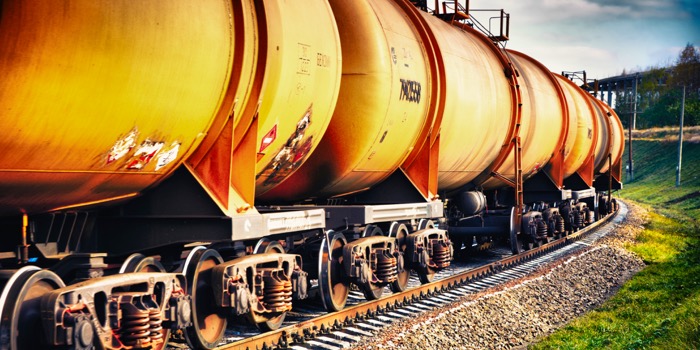Rastatt 1-year anniversary: Is the rail system today better equipped to deal with disruptions?
One year after the reopening of the Rastatt line, following the tunnel collapse, ERFA, NEE and UIRR highlight the lessons learnt and the positive steps taken to tackle rail freight’s weak points, while mentioning some issues that remain open to this day.
“Never again must the closure of a small stretch of railway line lead to such chaos and wide-reaching economic damage,” ERFA said in a statement.

Since Rastatt all sides of the rail sector, with the support of the European Commission, have committed to tackling the main challenges facing rail freight. Strengthening rail’s competitiveness and rebuilding customer confidence is at the heart of the action plan.
Where are we now?
Simplified communication – English has been adopted as the main language of communication between infrastructure managers and railway undertakings during international disruptions. At least one English speaking dispatcher in national traffic control centres will be guaranteed in every shift from 2020.
Rerouting alternatives – “Off the shelf” rerouting options and traffic management scenarios that minimise disruptions are being prepared, including information on technical parameters and other operational requirements. This will help to keep trains running in the event of disruptions.
Leadership – One Infrastructure Manager takes the lead coordinating the international cooperation with other Infrastructure Managers and in managing the available international re-routing capacity. The lead infrastructure manager is also responsible for communication with railway undertakings.
Quick reaction and mitigation – Fast reaction times will ensure that relevant reroutings and mitigation decisions should be taken within the first 24 hours. Within 36 hours of an incident taking place, a rough indicative timetable should be provided.
Transparency on which trains get priority – New rules will avoid ambiguity and discrimination when it comes to allocating capacity on disrupted lines and guarantee a share of capacity between annual timetable traffic and ad-hoc traffic.
All these improvements are meant to be adopted by infrastructure managers from the start of the 2019 Timetable, in line with the European Handbook for International Contingency Management (ICM).
ERFA, NEE and UIRR believe these changes are a good step in the right direction but would also highlight the need for further actions:
Contingency plans for smaller incidents – Contingency management procedures for incidents that last less than 3 days should be developed. Disruptions of a short duration can also have a negative impact on the quality of rail services offered.
Capacity guarantee of rerouting options – Off the shelf rerouting options should include an estimation of the capacity of trains that can be absorbed. Where the re-routing options provide insufficient capacity and are technically and/or operationally incompatible, investment in the infrastructure and in the single European rail network should be identified as a priority.
Contingency plans of railway undertakings – Based on the European ICM handbook and with the help of the re-routing overviews railway undertakings should also identify and put in place their own contingency management plans to ensure back-up options in the event of disruptions.
Simplified language requirements – Lowering the current B1 level language requirement for train drivers and moving towards English as the main operational language for rail should be accelerated, while also considering screen-based technical solutions to effectively address the problem of communication between traffic controllers and train drivers.
International coordination of infrastructure works – An effective organisation and coordination of line closures/restrictions is already a good basis for better management when there are unplanned disturbances. The new EU Annex VII rules should be used as an opportunity to improve coordination and management of traffic disturbances.
More transparency and effective communication – The replacement of telephone conferences and complicated communication chains by Internet- based written communication, which can be simultaneously accessed by all stakeholders as well as the installation of a platform for railway undertakings to provide information of their resources and assets suited to mitigating the crisis should be considered.
Liability and compensation –The issue of liability must be addressed, not only to resolve the still open compensation payments expected by those who have been impacted by the Rastatt disaster, but also to ensure that in the future an Infrastructure Manager’s liability is covered under an insurance policy.
The Rastatt incident was a turning point for the many challenges facing international rail freightservices. ERFA, NEE and UIRR appreciate the steps taken so far to support rail freight’s future in Europe and hope the momentum will be maintained to restore the key role of rail freight in Europe’s sustainable transport system.
For more information visit: www.erfarail.eu
15th October 2018






















